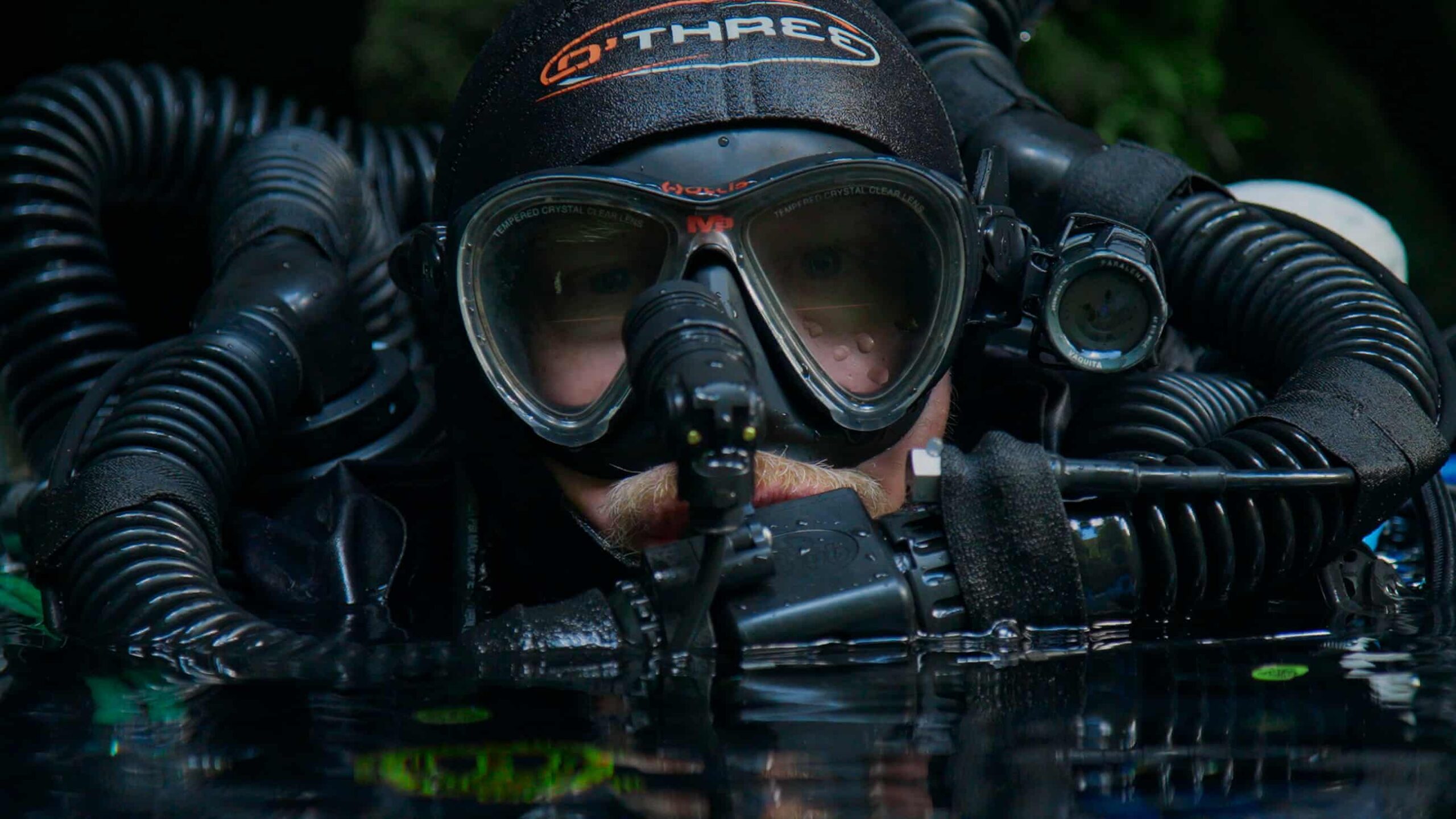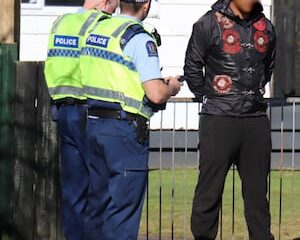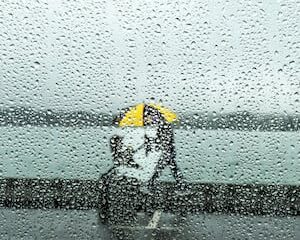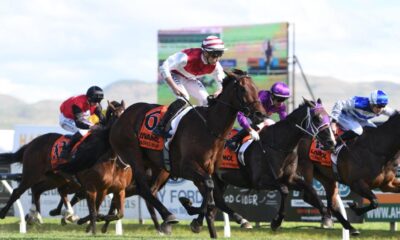Top Stories
Richard Harris Breaks Diving Barriers with Groundbreaking Experiment

Dr. Richard Harris, a renowned cave diver and anaesthetist, has pushed the boundaries of deep diving with a groundbreaking experiment in February 2023. By introducing hydrogen as a breathing gas in his ascent into the depths of the Pearce Resurgence in New Zealand, Harris aimed to achieve a diving milestone while testing the limits of human endurance and technology.
Nestled in the remote wilderness of New Zealand’s South Island, the Pearce Resurgence is not just a picturesque site; it is also home to one of the largest and deepest cave networks in the world. The waters, flowing down from Mount Arthur, are refreshingly cold, averaging just 6°C year-round. For those who dare to dive, the caves present an intimidating yet captivating environment. “You enter this cave that just seems to swallow you,” Harris reflects in the documentary film Deeper, released recently. “It’s black… and it just keeps going.”
Harris’ obsession with the Pearce Resurgence began in 2007 when he experienced a near-fatal incident that left him with a haunting sense of failure. Following a dive with two legendary cave divers, Rick Stanton and Dave Apperley, he suffered from decompression sickness. Despite this setback, the allure of the cave’s unexplored depths became irresistible. By 2008, he had already dived to an impressive 182 metres, further than Stanton had achieved.
The Pearce Resurgence became a testing ground for Harris and his dive partner Craig Challen, especially as they prepared for an unprecedented dive in early 2023. Harris, who previously suffered from high-pressure neurological syndrome that caused hand tremors, sought to introduce hydrogen into his breathing mixture. This radical approach had never been attempted before and presented both a scientific opportunity and a significant risk. “If it worked, I’d advance the science and technology of diving,” Harris stated. “If it didn’t, I could explode.”
Despite extensive research and consultations with experts, including dive supervisor Professor Simon Mitchell, the risks remained significant. The team was aware they would be entering uncharted waters. “There were very significant risks,” Mitchell noted, acknowledging the challenges that lay ahead.
Preparing for this dive was no small feat. The divers carried over 80 kilograms of equipment, including dry suits, heated undergarments, and multiple gas cylinders. In the days leading up to the dive, the team encountered numerous equipment failures, heightening the stakes even further. Just a day before the scheduled dive, Challen hesitated, feeling unprepared. However, after reassessing his mindset, he decided to join Harris, sharing a light-hearted quip about picking up the pieces if things went awry.
On the day of the dive, as dawn broke over the serene landscape, Harris engaged in his usual pre-dive ritual, seeking solitude to focus his thoughts. At 5:00 AM, the divers, resembling astronauts in their gear, entered the frigid water, beginning their descent into the depths. Harris had set a goal of reaching 230 metres.
At 180 metres, he experienced tremors, but upon reaching 200 metres, he initiated the switch to the hydrogen mix. “It was an intimidating moment,” he remarked. To his relief, the change eased his symptoms. “I felt incredibly relaxed and in control at that depth for the first time ever,” he said, contemplating the depths that still lay ahead.
Ultimately, he turned back at 230 metres, beginning the lengthy 12-hour decompression process. The ascent involved a series of watertight chambers, where they would gradually adjust to the surface pressure. By the time they reached the third chamber, Harris and Challen exchanged smiles, reflecting on the achievement they had just accomplished.
As they surfaced, the relief and joy were palpable among their waiting team. Harris, now recognized for his remarkable dive, expressed a newfound understanding of himself: “I shouldn’t need to get to the bottom of a cave in NZ to be OK with who I am.” He confirmed that this would be his last visit to the Pearce Resurgence, marking a significant turning point in his life and career.
The journey of Dr. Harris and his team not only represents a major achievement in deep diving but also highlights the intricate relationship between adventure and personal growth. The documentary Deeper, which chronicles these events, is currently screening in Australian cinemas, inviting audiences to experience this thrilling exploration of the unknown.
-

 Sports2 months ago
Sports2 months agoNetball New Zealand Stands Down Dame Noeline Taurua for Series
-

 Entertainment2 months ago
Entertainment2 months agoTributes Pour In for Lachlan Rofe, Reality Star, Dead at 47
-

 Entertainment3 weeks ago
Entertainment3 weeks agoNew ‘Maverick’ Chaser Joins Beat the Chasers Season Finale
-

 Sports2 months ago
Sports2 months agoSilver Ferns Legend Laura Langman Criticizes Team’s Attitude
-

 Politics4 weeks ago
Politics4 weeks agoNetball NZ Calls for Respect Amid Dame Taurua’s Standoff
-

 Entertainment2 months ago
Entertainment2 months agoKhloe Kardashian Embraces Innovative Stem Cell Therapy in Mexico
-

 World3 months ago
World3 months agoPolice Arrest Multiple Individuals During Funeral for Zain Taikato-Fox
-

 Sports3 months ago
Sports3 months agoGaël Monfils Set to Defend ASB Classic Title in January 2026
-

 Entertainment1 month ago
Entertainment1 month agoTyson Fury’s Daughter Venezuela Gets Engaged at Birthday Bash
-

 Sports1 month ago
Sports1 month agoHeather McMahan Steps Down as Ryder Cup Host After Controversy
-

 World2 weeks ago
World2 weeks agoSevere Winds Hit New Zealand, Over 100 Flights Canceled
-

 Entertainment1 month ago
Entertainment1 month agoTyson Fury’s Daughter Venezuela Gets Engaged at Birthday Bash





















